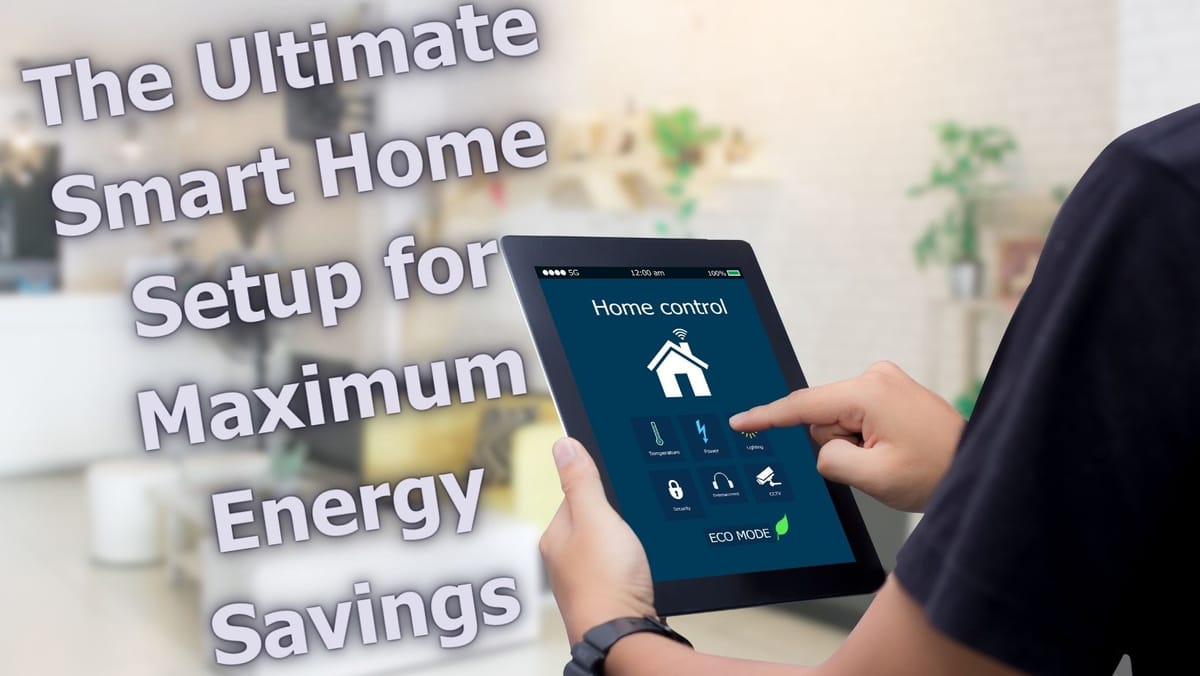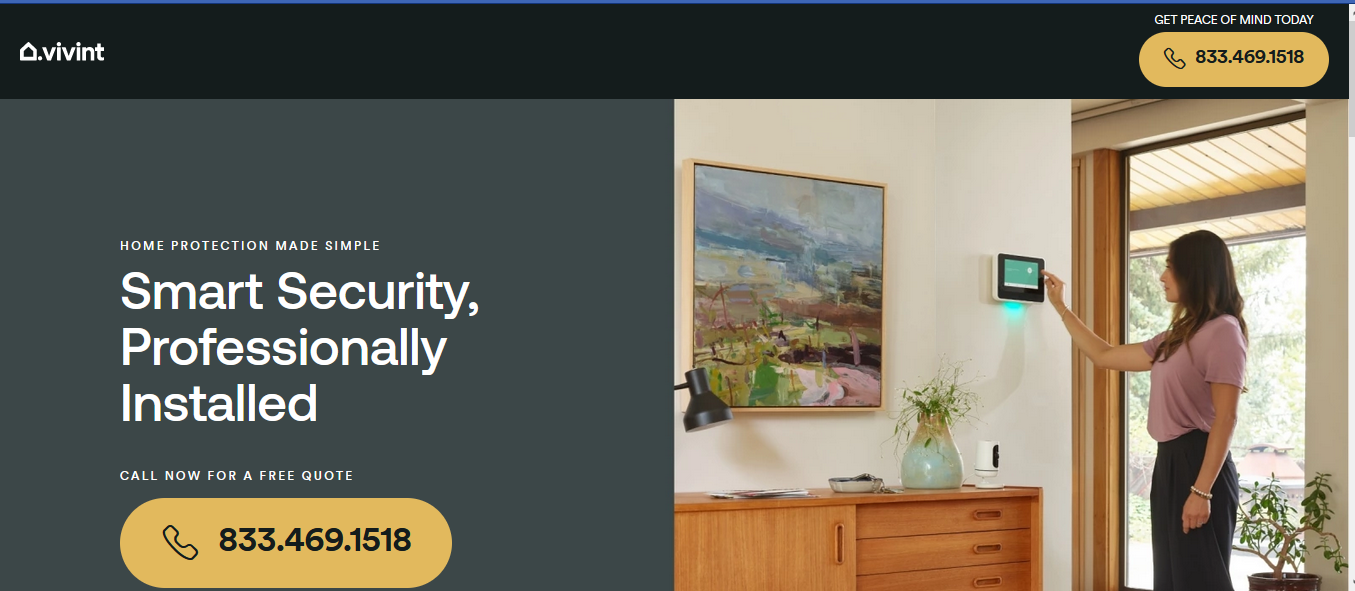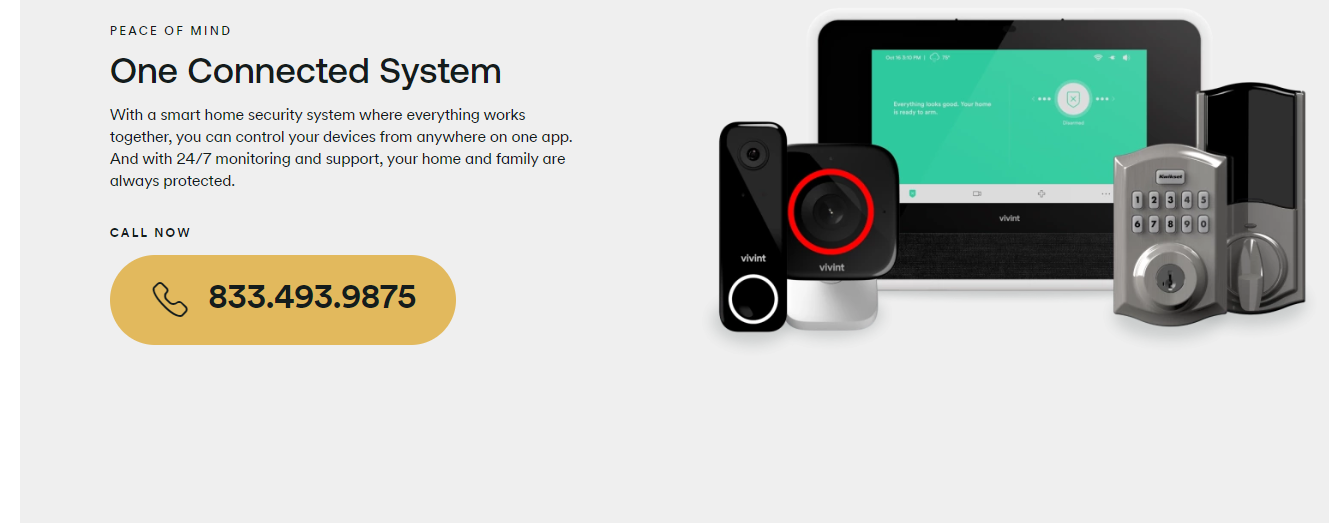The Ultimate Smart Home Setup for Maximum Energy Savings
The ultimate smart home for energy savings integrates connected devices like smart thermostats, automated lighting systems, and energy-monitoring tools. With remote control and real-time data insights, homeowners can reduce energy waste.

As smart technology continues to advance, so does the opportunity to optimize our homes for energy efficiency and savings. A well-designed smart home can dramatically reduce energy consumption, lowering utility bills and contributing to a more sustainable lifestyle. Whether you’re just starting to automate your home or looking to upgrade your current setup, this guide will walk you through the best energy-saving devices, smart technologies, and strategies to create the ultimate smart home for maximum energy savings.
Why Energy Efficiency Matters in Smart Homes
Energy efficiency has never been more critical. With rising energy costs and increasing awareness of environmental issues, homeowners worldwide are looking for ways to reduce their carbon footprint while maintaining comfort. A smart home setup that focuses on energy savings not only helps you save money but also contributes to a more sustainable future.
By integrating energy-efficient smart devices, homeowners can automate energy usage, track consumption, and adjust settings based on real-time data, optimising efficiency without sacrificing comfort.
The Best Energy-Saving Devices for Your Smart Home
1. Smart Thermostats: The Heart of Energy Savings
When it comes to energy efficiency, smart thermostats are the most impactful devices you can install in your home. Traditional thermostats rely on manual adjustments, often leading to inefficient heating and cooling. In contrast, smart thermostats like the Google Nest Thermostat and Ecobee smart thermostats learn your habits and automatically adjust the temperature to optimise energy use.
- Key Features:
- Learning algorithms that adapt to your schedule
- Remote control via smartphone apps
- Integration with other smart devices (e.g., lights, blinds)
- Reports on energy consumption to help you optimize settings
According to the U.S. Department of Energy, smart thermostats can reduce heating and cooling costs by up to 10-15% annually, making them one of the best investments for energy-conscious homeowners.
2. Smart Lighting Systems
Smart lighting, such as Philips Hue and LIFX bulbs, allows you to control when and how lights are used in your home, dramatically cutting down on wasted energy. These systems use LED bulbs, which consume up to 75% less energy than traditional incandescent bulbs and last significantly longer.
- Key Features:
- Schedule lights to turn on/off automatically
- Motion sensor integration to ensure lights are only on when needed
- Dimmer and color control for ambiance and efficiency
- Energy consumption tracking via apps
Smart lighting systems also allow for zoned lighting control, ensuring that only necessary areas are illuminated, reducing overall energy use.
3. Smart Plugs and Power Strips
Smart plugs, such as TP-Link Kasa Smart Plugs or Wemo Smart Plugs, allow you to manage power to individual appliances remotely. Many devices continue to draw power even when turned off, a phenomenon known as phantom power. Smart plugs can cut off the power supply to these devices, helping you save energy.
- Key Features:
- Turn appliances off when not in use via your phone
- Set schedules to prevent energy waste
- Monitor power consumption for each plugged-in device
These devices are particularly useful for high-energy appliances like air conditioners, heaters, and entertainment systems.

4. Smart Home Energy Management Systems (SHEMS)
For a more comprehensive approach, consider installing a Smart Home Energy Management System (SHEMS). These systems integrate all of your smart devices and provide a holistic view of your home’s energy consumption. Platforms like Samsung SmartThings Energy and Sense Energy Monitor can help you track and reduce energy usage in real time.
- Key Features:
- Centralized control of all energy-consuming devices
- Insights and recommendations for reducing energy use
- Alerts for unusual energy consumption patterns
With these systems, you can automate your entire home for energy efficiency, saving you both time and money.
Future-Focused Smart Technologies for Energy Efficiency
As smart home technology continues to evolve, new innovations are helping homeowners take energy savings to the next level. Here are some cutting-edge technologies that are shaping the future of energy-efficient homes.
1. Solar Integration and Energy Storage
Smart homes of the future will increasingly rely on solar power. Coupling solar panels with smart energy storage solutions like the Tesla Powerwall allows you to store excess energy generated during the day for use at night, reducing reliance on the grid.
- Key Benefits:
- Reduce or eliminate electricity bills
- Decrease your carbon footprint by using renewable energy
- Use smart energy monitoring to track solar output and adjust home energy usage accordingly
Solar energy integration is an investment in long-term savings and sustainability, offering energy independence and lower costs.
2. Smart Curtains and Blinds
Automated curtains and blinds, such as those from SwitchBot or Somfy, can help regulate the temperature in your home by automatically opening or closing based on the time of day or weather conditions. This reduces the need for heating and cooling.
- Key Features:
- Schedule blinds to close during peak sunlight hours
- Integrate with smart thermostats to create a coordinated energy-saving strategy
- Reduce HVAC load by keeping out excess heat or retaining warmth
By reducing solar heat gain, automated blinds can lower cooling costs during hot months, and in colder weather, they help to retain warmth, leading to significant energy savings.

How to Optimize Your Smart Home for Maximum Energy Savings
While smart devices are essential for cutting down energy consumption, the way you configure and use these technologies is just as important. Here are a few strategies to ensure your smart home is working at its full energy-saving potential.
1. Use Schedules and Automation
One of the most powerful features of smart devices is their ability to automate routines. Setting schedules for your lights, thermostats, and even your appliances ensures they are only consuming energy when needed.
- Example: Program your thermostat to lower the temperature when you're at work and raise it before you arrive home. Use smart lighting to ensure outdoor lights are only on at night or when motion is detected.
2. Leverage Energy Usage Reports
Many smart devices, such as Nest Thermostats and smart plugs, offer detailed reports on energy usage. Regularly reviewing these reports can help you identify areas where you can reduce consumption.
- Pro Tip: Use these reports to adjust your settings or replace high-energy appliances with more efficient models.
3. Integrate Renewable Energy Sources
If possible, consider integrating solar panels or a home battery system into your smart home setup. By using renewable energy to power your home, you’ll not only save money but also reduce your reliance on non-renewable resources.
The Future of Smart Home Energy Savings
The future of energy savings in smart homes is exciting and rapidly evolving. We can expect to see further integration of artificial intelligence (AI) to predict and automate energy-saving measures based on real-time data. Additionally, as smart grid technology advances, homes will be able to communicate directly with the energy grid, adjusting consumption to take advantage of lower energy prices during off-peak hours.
Furthermore, advances in smart appliance efficiency and renewable energy storage will empower homeowners to take more control over their energy usage, ultimately leading to smarter, more sustainable homes that are not only efficient but eco-friendly.
Conclusion
Building the ultimate smart home setup for maximum energy savings involves investing in the right devices and creating a system that works for you. With smart thermostats, lighting, appliances, and energy management systems, homeowners can significantly reduce their energy consumption while enjoying the convenience and comfort of a fully automated home. As technology advances, the possibilities for even greater efficiency and sustainability are endless, making now the perfect time to start optimising your home for a greener, smarter future.




